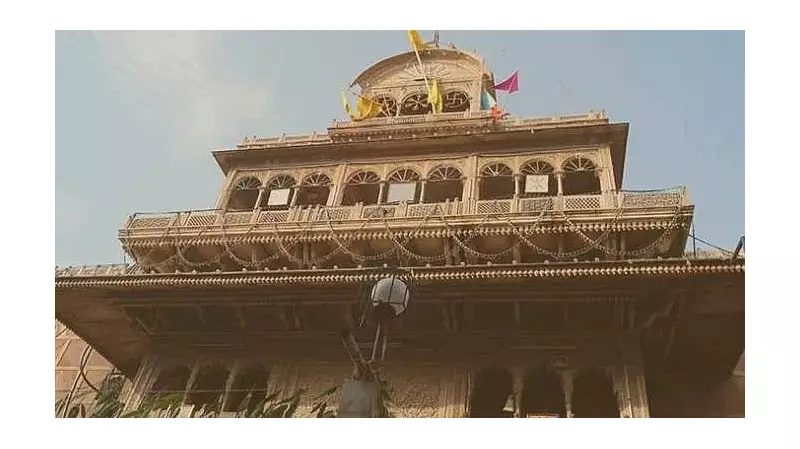
In a historic event that has captured the nation's attention, the sacred treasury of Vrindavan's iconic Banke Bihari Temple was unsealed after an astonishing 54 years of remaining closed. The momentous opening occurred amidst tense protests and strong opposition from various religious groups and local devotees.
The Long-Awaited Revelation
The temple's underground vault, known as the 'Toshakhana,' had remained securely locked since 1970, preserving centuries of religious artifacts and offerings made by countless devotees over generations. The opening ceremony was conducted under heavy security presence and the watchful eyes of district administration officials.
Controversy and Devotee Opposition
Despite the historical significance, the event was marred by widespread protests. Religious organizations and local worshippers expressed strong objections to the treasury's opening, creating a charged atmosphere around the temple premises. The protestors voiced concerns about the potential mishandling of sacred items and questioned the timing and necessity of the operation.
Administrative Proceedings and Security Measures
The district administration implemented unprecedented security arrangements to ensure the process remained orderly and transparent. Officials from multiple government departments were present to document and catalog the contents of the ancient treasury, following all legal protocols and procedures.
Historical Significance and Public Interest
Banke Bihari Temple, one of North India's most revered religious sites, has attracted millions of pilgrims throughout its history. The contents of the treasury are believed to include precious metals, historical artifacts, and religious items accumulated over several centuries, making this opening a significant archaeological and cultural event.
As the inventory process continues, the nation watches with bated breath to discover what treasures have been preserved within the temple's sacred chambers for over half a century.





